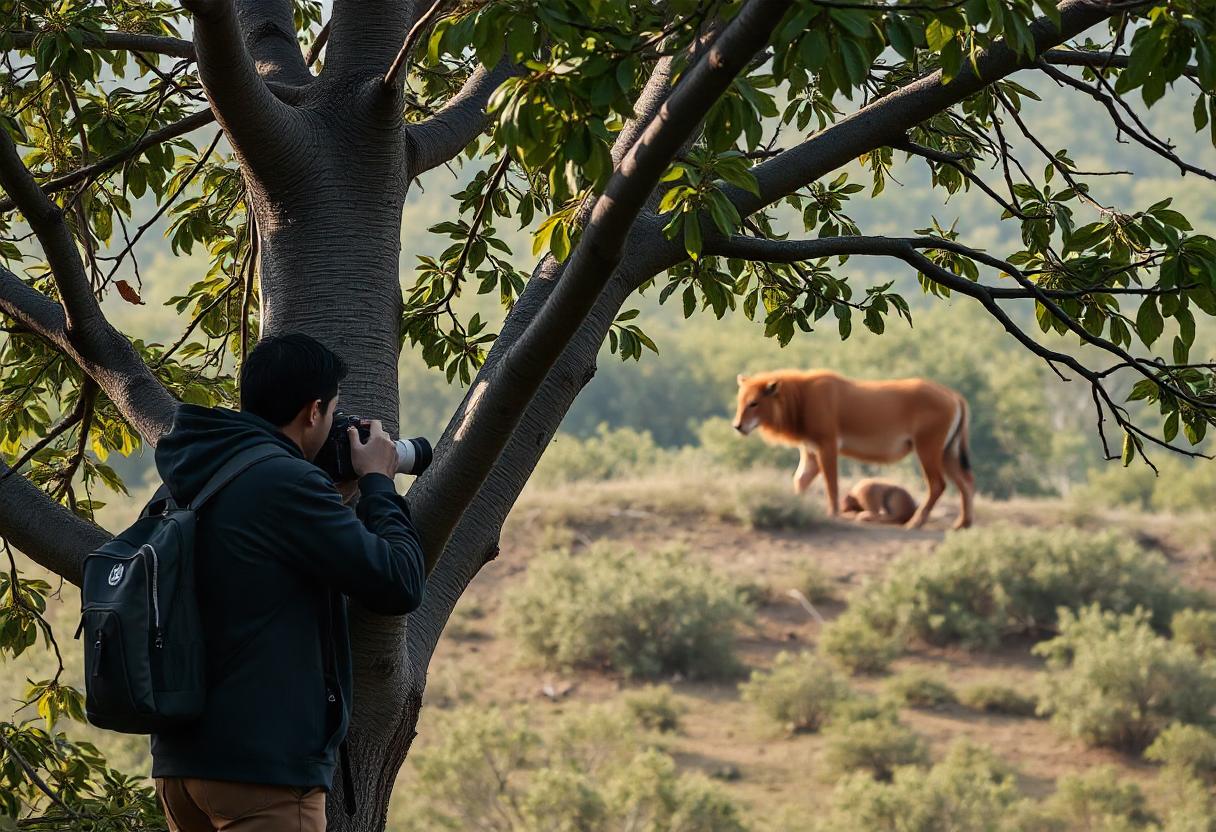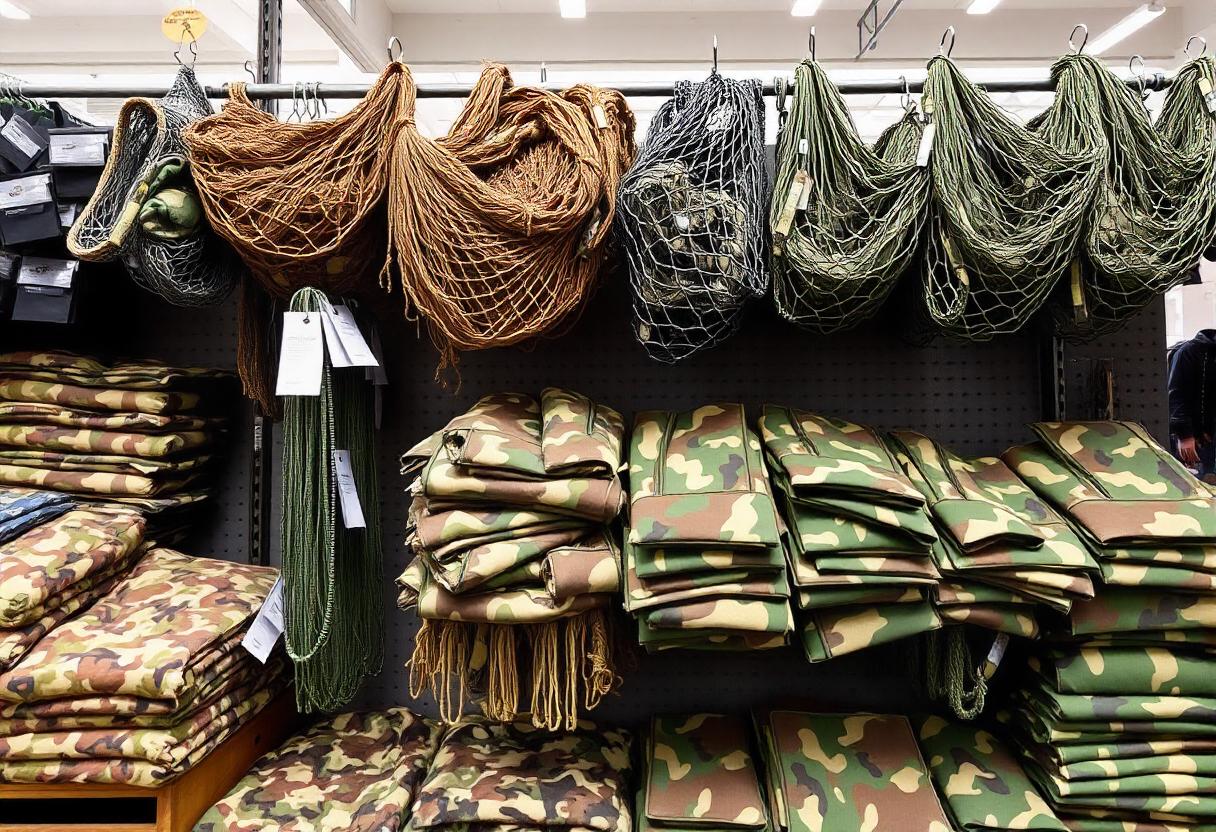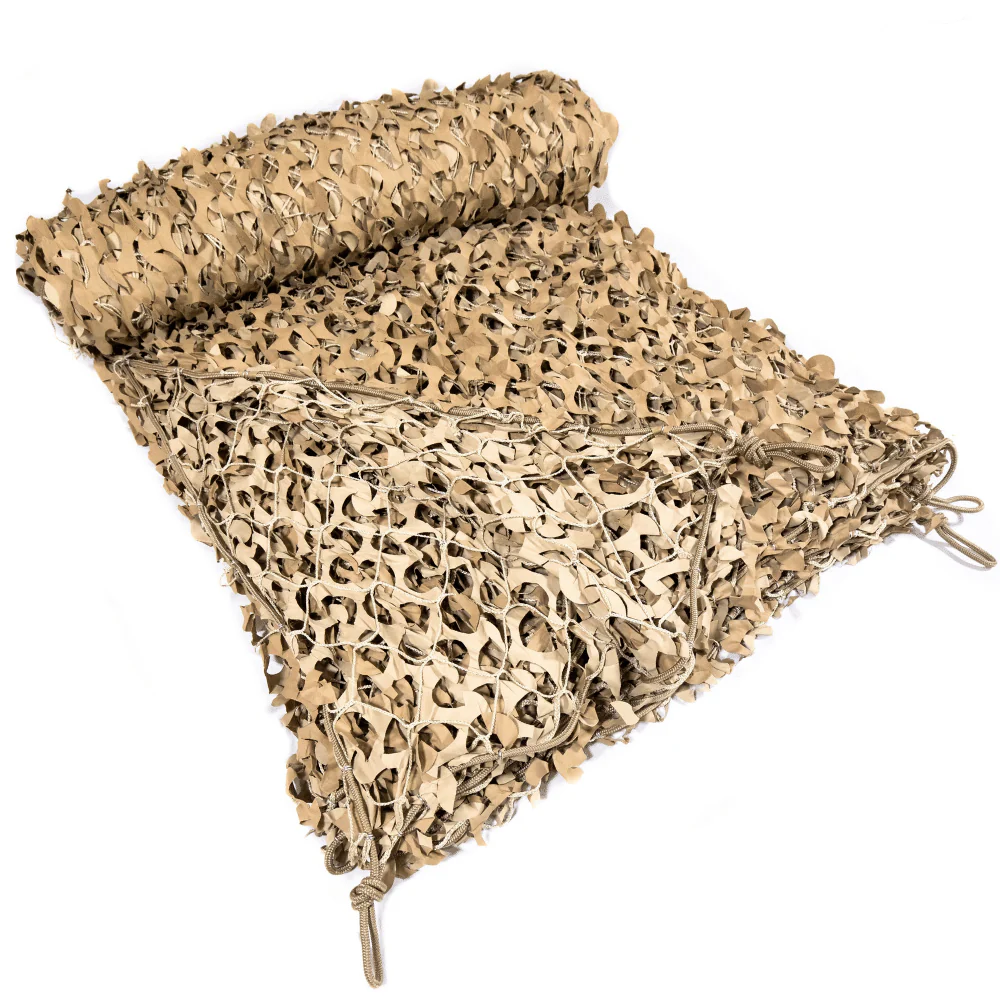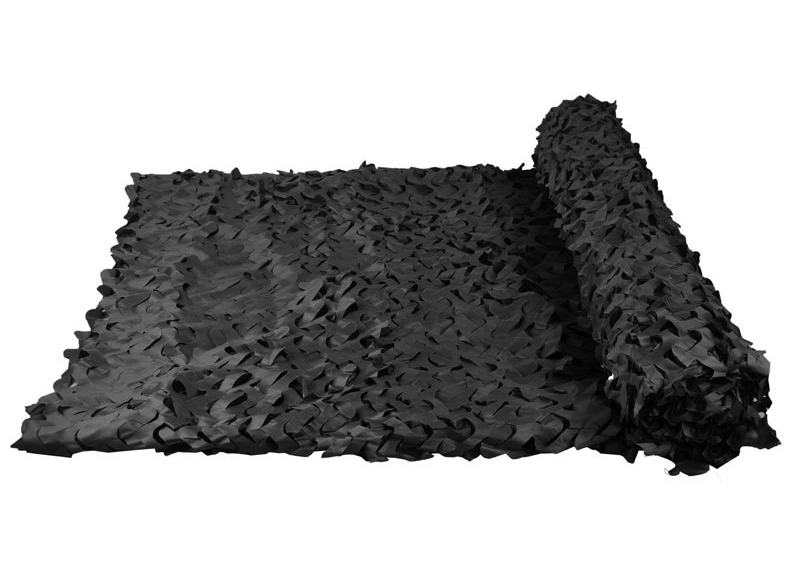Building a versatile summer dresses wardrobe is the key to feeling confident and stylish all…

Camouflage Nets: The Secret to Perfect Wildlife Photography
If one thinks about wildlife photography, the thrill and challenge seem to be part of it. It always requires a lot of patience, perfect photographic skill, and deep knowledge about animal behavior to capture the perfect shot of a bird flying, a predator chasing its target, or an animal simply in its natural habitat. But what if your subject knows it is being watched? And suddenly the exciting chase becomes a strenuous cat-and-mouse game of coming near enough, yet concealing oneself so as not to be seen. The following article reveals one of the secret keys in creating the perfect wildlife photography: camouflage nets.
The Challenge of Wildlife Photography

It’s a very critical part of wildlife photography: getting close, without a disturbance to your subject. However, how do you really achieve this when animals have all this keen sense of smell, hearing, and sight? Conventional methods in photography of wildlife might include concealment behind trees, bushes, and even rocks; however, most of these are untrustworthy and cannot provide the required amount of camouflage for capturing the shot. Even the most skillful photographers get spotted by their subjects, thus ruining a perfectly good photo opportunity. Basically, in wildlife photography, the biggest challenge is not necessarily taking that perfect shot but how to get as near to your subject as possible without its noticing you.
This is where wildlife photographers must overcome the challenge, showing flexibility and thinking out of the box. This is where camouflage nets come into play. A camouflage net acts like a hide that lets the photographer blend into the environment surrounding him or her and get closer to his or her subjects without being seen.
The Problem with Traditional Approaches

With the traditional methods, this form of photography is hazardous and unpredictable as the photographer conceals themselves behind objects. For example, one might hide behind a tree, but the animal would turn around to look at them and then run away. Sometimes, one can manage taking pictures by hiding behind rocks; in most other cases, this is not feasible to get such a perfect location. Besides that, traditional methods require plenty of time and may not provide the necessary camouflage to approach the subject closely. Many times, the animals run away by noticing the camera accessories or the overall dress of the photographer. The problem with the traditional method is its unpredictability and effectiveness.
Besides, the traditional methods have also proved destructive to the environment and to the animal itself. For example, if one conceals behind a tree, it disrupts the animal habitat and may cause the animal to run away. This not only affects a photo opportunity but upsets the natural behavior of the animal. A wildlife photographer needs to be responsible with respect to the natural environment and must minimize disturbance to animals.
Apart from that, some of these traditional approaches depend on the physical limitation of the photographer himself. For example, a photographer may not be able to climb up a tree or reach a remote location; hence, this limits the photographer in terms of how close he can get to his target. Camouflage nets will be more flexible and effective to deal with.
Introducing Camouflage Nets

Camouflage nets used in wildlife photography have been a game-changer. Most camouflage nets are designed to blend into the immediate surroundings, totally nondistinguishable to animals. From nylon, polyester, and cotton, camouflage nets are available in various colors and patterns that resemble natural features of the environment. The concealing positions can be tailored using camouflage nets in regard to particular needs and environments.
The camouflage nets will allow one to take photos, especially of animals that may be sensitive to human presence. Birds, reptiles, and amphibians are classically more skittish than mammals and require subtlety in their approach. With the camouflage net, a photographer will get closer to them without being detected and hence capture more intimate and revealing shots.
Besides, camouflage nets work in a lot of different environments, such as forests, deserts, and even urban. Whether you shoot in heavy jungle or in dry deserts, a camouflage net will get you closer to your subject without them ever seeing you.
How Camouflage Nets Work?
Camouflage nets work by disrupting visibility and attracting attention. Blending into the surrounding environment, the net provides a hide that practically isn’t visible to animals. Photographers can thus work their way closer to the subject without sudden onsets, thus increasing the chances of getting a good shot. At the same time, the camouflage pattern in the net draws attention, headlining the animal toward the position where one is.
The camouflage pattern of the net is just a simulation of nature, comprising colors and patterns that completely merge with the surroundings. It may range from earth tones to leaves and branches or any such natural feature. A camouflage net of this sort allows photographers to create a hide that is quite undistinguishable from the environment and to come as close as possible to their subject without being noticed.
Besides, camouflage nets could be used to provide at least something of the sensation of security and comfort to the animal; with its shading and protection, the net would make the animal feel at ease and thus closer shots could be easily taken.
Choosing the Right Camouflage Net: Materials, Colors, and Patterns
Selection of the camouflage net depends on many factors like materials, colors, and patterns. The right net makes all the difference in getting near your subject without them seeing you. Here are a few tips for choosing the right camouflage net:
1. Woodland Camo Netting

The earthy tones and elaborate patterns of leaves are combined to design woodland camouflage netting perfect for a forest environment. It is natural in appearance, and any photographer looking to melt into the woods and take great pictures of wildlife among woodlands will find this an ideal screen to shoot from, capturing their natural life without interfering with their behaviors.
2. Desert Camo Netting

The camouflage netting is designed in sandy colors and rock-like patterns, featuring desert camouflage netting. The idea behind its design is that photographers, while using camouflage netting against a dry and rugged desert landscape, could conceivably blend right in, enabling them to make unobtrusive observation and photography of animals that are natural desert-dwellers.
3. White Camo Netting

This netting is tailored for snowy environments with the right shades of white and gray tones. The design blends perfectly in with winter landscapes; hence, it is a perfect choice for capturing wildlife in snow-covered habitats with minimal disturbance.
4. Black Camo Netting

Ideal for urban environments, black camo netting uses dark tones and patterns to help a person or object blend in with the cityscape. This type of camo netting will enable photographers to be inconspicuous in the urban environment-to better shoot wildlife adapted to city life without drawing unnecessary attention to themselves.
5. Light Grey/Charcoal Net

The light grey and charcoal camo netting is versatile, adaptive, and designed for a range of environments, from the deserts to the snow. Its neutral tone makes it perfect in many types of habitats for effective camouflage, allowing wildlife photographers to observe and capture diverse scenes in different settings.
Mastering the Art of Camouflage: Tips for Getting the Shot Without Disturbing the Environment
Mastering the art of camouflage requires a combination of skill, patience, and knowledge of animal behavior. Here are a few tips for getting the shot without disturbing the environment:
- Use your camouflage net to blend into the surroundings, rather than trying to hide behind objects.
- Keep your movements slow and deliberate, to avoid startling the animal.
- Use your camera equipment quietly and carefully, to avoid making any sudden noises.
- Be patient and wait for the animal to approach you, rather than trying to chase it down.
- Respect the animal’s space and personal boundaries, and avoid disturbing it unnecessarily.
By following these tips, photographers can master the art of camouflage and get closer to their subjects without being seen. With practice and patience, the results can be truly stunning.
Conclusion
Camouflage nets have indeed brought a revolution into the arena of wildlife photography, especially regarding providing photographers with opportunities to merge with various environments and get as close to their subjects as possible without causing much disturbance. Be it in a dense forest, arid deserts, snowy landscapes, or even concrete jungles, the right camouflage net chosen with due care regarding the material, color, and pattern will keep you hidden to bring about stunning and intimate shots.
These nets, if used effectively by the wildlife photographer, create no barriers to traditional problems that he faces during his task of clicking and at the same time help in preserving the natural pattern of the animals. The patience, ability, and use of effective camouflage combine to turn this impossible feat of capturing a perfect wild life photography into reality.
Read Next: Best Wildlife Photographer Suits: Gear Up for Success



